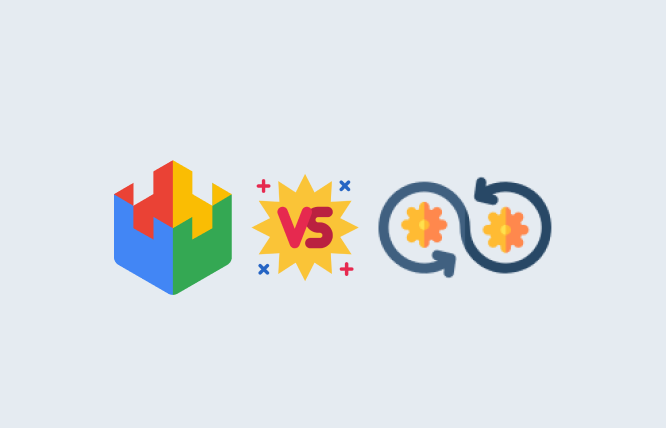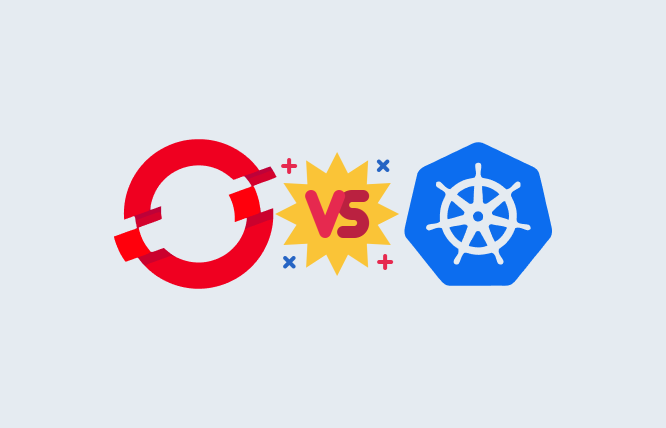Introduction
This blog discusses the following points:
Here is a good definition of an event-driven architecture – it makes use of events to trigger and communicate among decoupled services. This is rather common across today’s modern applications that are created with microservices. It is pertinent to mention here that an event is an update or a change in state, like a product being placed on an e-commerce site. Events could be identifiers (this can be an order shipping notification) and may carry the state (such as an item’s price).
Additionally, microservices event driven architecture depends upon a number of vital principles that promote the concepts of resilience, scalability, and independence. As you will see, the core emphasis of this blog is on both the principles and applications of microservices event driven architecture. This information can be of help to web development services involved in custom website development, or even a wordpress website development agency.
First, let’s focus on the principles that will ensure a system’s maintainability and effectiveness when implementing microservices event driven architecture:

Principles for Microservices Event Driven Architecture
The following are well-known principles of microservices event driven architecture:
Loose Coupling:
It is imperative that the services are properly decoupled with each other. This will play an important part in minimizing dependencies. Throughout the event-driven architecture, services can asynchronously communicate with the help of events. This lets them independently operate, all the while not knowing of each other’s existence.
Eventual Consistency:
It is essential to focus on the fact that consistency is not guaranteed to be immediate throughout every part of a system. The factor of eventual consistency will let services promptly and independently update their local data stores, and later on, asynchronously synch with various services via events.
Fault Tolerance:
This is to design services so that they are resilient to failures in other components or services. Thanks to the events-supported decoupling of services, if a failure happens in one service, this will not cascade to others. In order to gracefully handle failures, one must implement circuit breakers and retry mechanisms.
Scalability:
This is the enabling of horizontal scalability, achieved by designing services so that they can effectively and independently handle various degrees of loads. Also, it is a fact that in an event-driven architecture, you will notice that services can be individually scaled. This depends on their message throughput and workload. You can use technologies like message brokers if you want to efficiently distribute events.
Event Sourcing:
You have a great option of using event sourcing if you want to reconstruct and persist a service’s state. This depends on the sequence of events that already occurred. A great benefit of event sourcing is that it permits the rebuilding, replayability, and auditing of a service state. This is immensely important throughout complex distributed systems.
Command Query Responsibility Segregation (CQRS):
The proper implementation of CQRS can effectively complement event-driven architectures. This is done by splitting the duty of handling commands from queries. Due to this splitting, there can be better-specialized optimization of every aspect present in a system.
Idempotent Operations:
It is made sure that event-triggered operations are idempotent. This means that they can be safely retried and will not cause any sort of unintended side effects. Additionally, this is crucial for the proper handling of message retries, thereby paving the way for data consistency throughout distributed systems.
Schema Evolution:
Event schemes must be designed after taking careful note of compatibility and evolution. Since services will change or evolve as time passes by, event schemes could require changes. This is why it is imperative to apply strategies like schema evolution tooling, backward and forward compatibility, and schema versioning. This will allow seamless management of these changes.
Observability and Monitoring:
This is the implementation of comprehensive observability and monitoring tools so that the flow of events is tracked across the system. Some other objectives achieved with this implementation are the diagnosis of issues and the monitoring of service health. Distributed tracing may be used here as this will aid in the understanding of the events and end-to-end flow of requests across services.
Security:
This is ensuring the security of event-driven architectures by the implementation of appropriate encryption, authorization, and authentication mechanisms. It is vital to safeguard sensitive data at rest and in transit and apply least privilege access control. This will help prevent unauthorized access to both events and services. This data is of good help for an app development company involved in custom android app development.
Applications of Microservices Event Driven Architecture
The following are commonly known applications of microservices event driven architecture:
E-Commerce Platforms:
Microservices event driven architecture is appropriate for properly tackling the dynamic characteristics of today’s e-commerce platforms. They are fully capable of managing notifications, payment events, order processing, and inventory updates meant for customers. Also, this management can be done asynchronously.
Financial Services:
Throughout a given financial sector, microservices event driven architecture may be utilized for the purpose of trade execution, risk management, fraud detection, and real-time transaction processing. A host of events like accounting activities, trade requests, and market data updates have the potential to trigger automated actions throughout a host of distributed services.
Internet of Things (IoT):
It is well-understood that IoT systems produce a great amount of data from devices and sensors. A very positive thing about microservices event driven architecture is that it permits real-time processing of such data. This paves the way for timely responses to a host of events, such as environmental changes, device malfunctions, or user interactions.
Supply and Logistics Chain Management:
Microservices event driven architecture has the potential to streamline supply and logistics chain operations. This is done by the proper management of demand forecasting, delivery notifications, shipment tracking, and inventory updates. Events like delivery status updates, inventory changes, and order placements can invoke actions throughout the supply chain.
Healthcare Systems:
The architectures can facilitate notifications to healthcare providers, appointment scheduling, and real-time patient monitoring. Furthermore, events like medication orders, test results, and patient admissions can invoke workflows throughout various healthcare services.
Gaming Platforms:
Some of the most modern online gaming platforms can attain great gains from the architecture. These gains are related to handling many functions, such as matchmaking, player interactions, in-game purchases, and game events. Additionally, events like game state changes, chat messages, and player movements can invoke real-time notifications and updates to players.
Media Streaming Services:
The architecture can be utilized throughout media streaming platforms for the purpose of content delivery, user authentication, transcoding, and content ingestion. Also, events like playback requests, user subscriptions, and new content uploads can invoke automated workflows, which would go on to permit a seamless streaming experience wherever required.
Social Networking Platforms:
Today’s well-renowned social networking platforms leverage microservices event driven architecture so that they can effectively handle analytics, notifications, content sharing, and user interactions. Events like comments, status updates, and friend requests can invoke real-time actions throughout the platform.
Online Travel Booking:
The architecture allows online travel booking platforms to properly and effectively handle payment processing, itinerary adjustments, pricing changes, and reservation updates. Events like payment authorization, flight availability changes, and booking requests can invoke workflows throughout a host of services.
Conclusion
This blog has discussed principles and applications for microservices event driven architecture in detail. After all of the analysis done above, it is fair to assume that a microservices event driven architecture can be successfully applied across a host of industries. This will result in the building of a resilient, responsive, and scalable system. Moreover, it is important to mention here that Futurbyte is a well-reputed software solutions provider that offers quality solutions to businesses that aim to make the most out of microservices event driven architecture.
Frequently Asked Questions
Sure, microservices event driven architecture is something in which services communicate with the assistance of events. If a service does an activity that can be of interest to other services, an event is produced. This event is a record of that activity. Different services consume such events, and this is done to perform their tasks.
To better answer this question, there are several factors that need to be taken note of in an organization/platform. This includes its overall size, future growth plans, scalability needs, and team expertise. The general notion is that by moving to a microservices architecture, you will encounter autonomy, flexibility, and scalability. But you may have to deal with added infrastructure requirements and other complexities.
In simple terms, this is an architectural approach to creating software applications as a group of independently deployable, loosely coupled, and small services. Every service in the architecture is created to do a particular type of business functionality.
Have questions or feedback?
Get in touch with us and we‘l get back to you and help as soon as we can!





